Want a funded summer educator tour of Japan to explore lessons of Hiroshima?

Learn about the Oleander Initiative from Mariah Pol, a teacher who recently completed this tour, along with several other travel grants she recommends.
Teaching Traveling: Mariah, tell us a bit about your background.
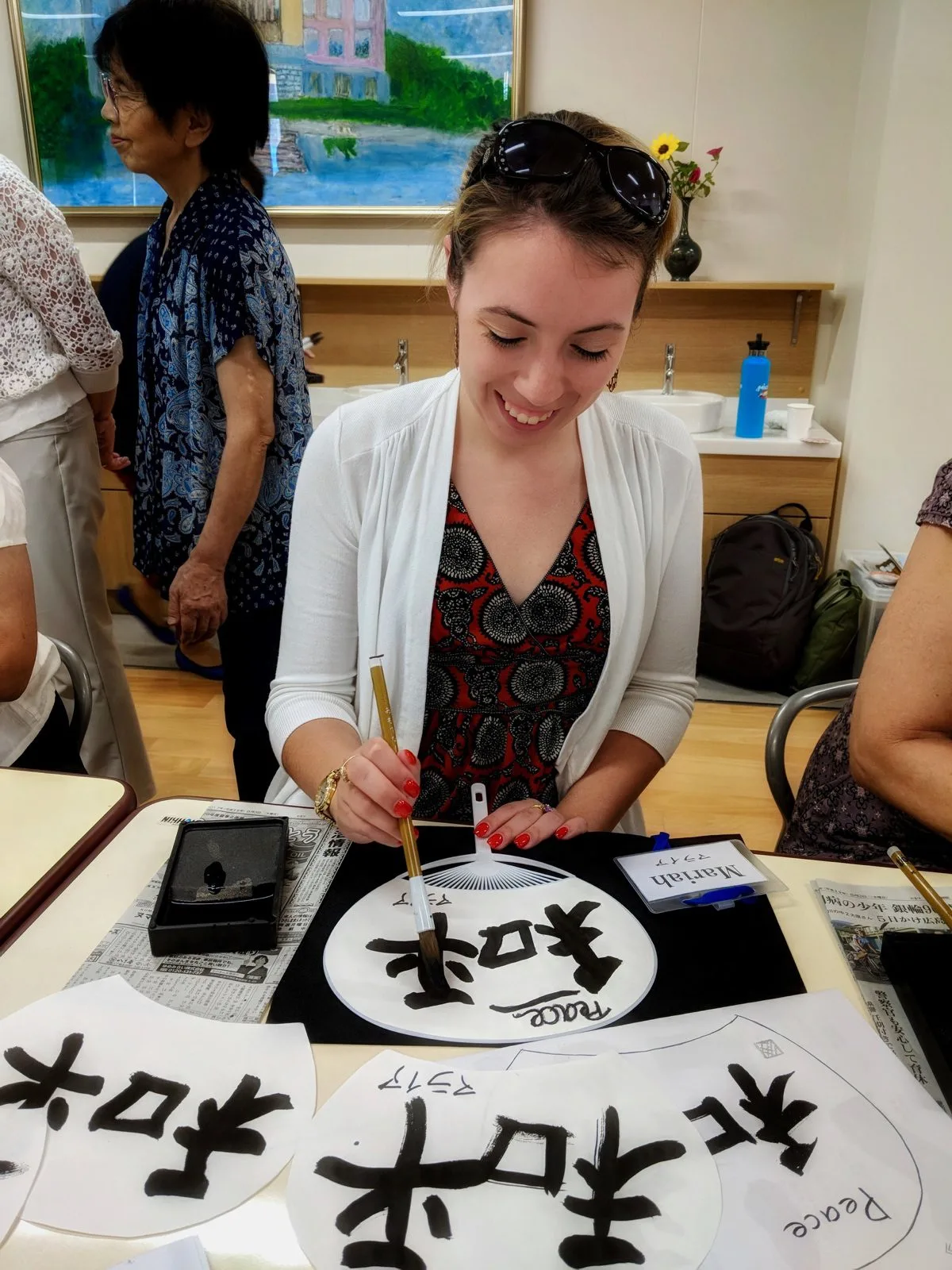
Mariah: Hello! I am from Portage, Indiana, and I currently teach a half hour away from my hometown at Barker Middle School in Michigan City, Indiana. I teach 7th and 8th grade Social Studies. I am currently in my 4th year of teaching and am 26 years old.
I received my undergraduate degree in Social Studies Education from Indiana University. While at IU, I was fortunate enough to travel abroad multiple times. I spent a summer studying the Transatlantic Slave Trade in Ghana and England.
I also was an IU student delegate on two trips to Cuba, for my college community’s sister city organization. For my last year of college, after completing an Indiana student teaching placement, I also student taught for three months abroad in Ireland. All of these experiences enriched the way I teach immensely.
Through those experiences, I truly understand the multiple historical and cultural perspectives of those places. I gained so much knowledge and resources to share in my classroom. As I have grown as an educator, I have continued this mission to do with any curriculum unit that I can, to bring the world to my classroom.
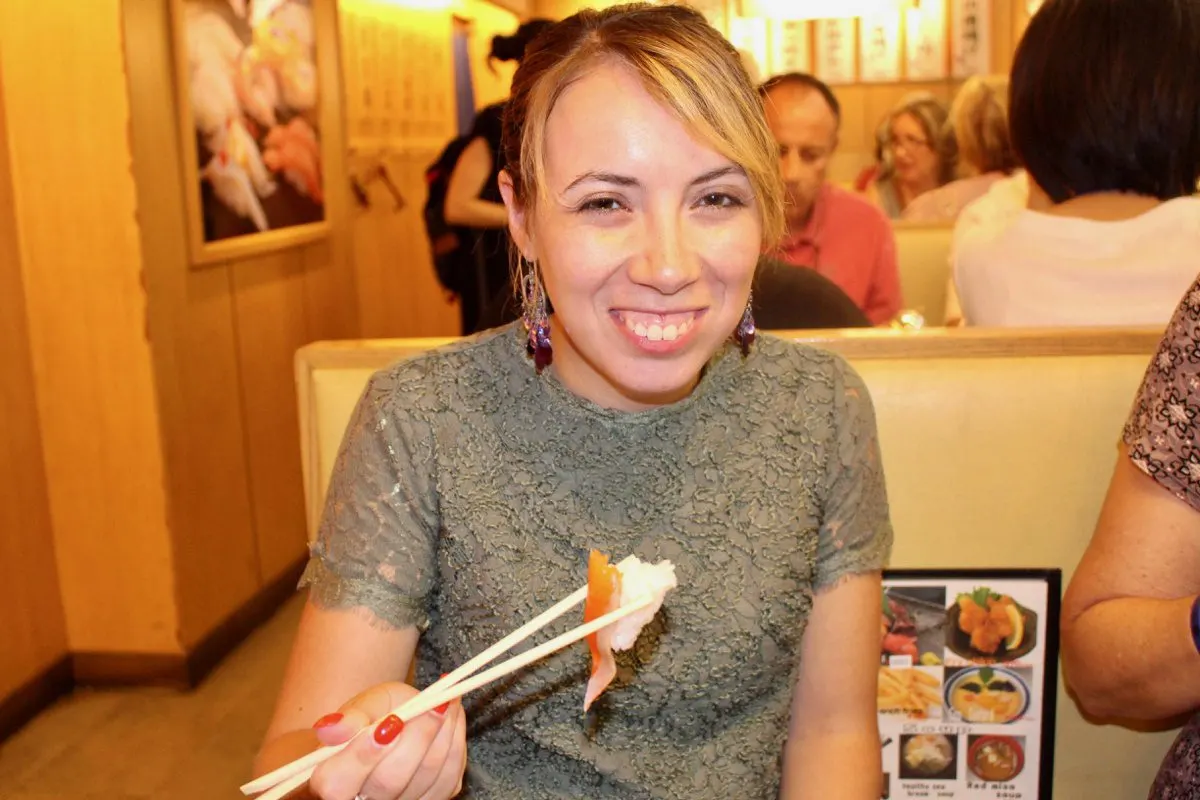
TT: Nice! Before we talk about your Japan trip, what are the other fully funded summer teacher opportunities you’ve experienced?
M: Outside of my classroom, I have been awarded as a Teacher Fellow for various organizations. Being a part of these fellowships, I have been awarded numerous all-expenses-paid travel opportunities to research and witness first hand different topics in history. In return, I design curriculum for these organizations that is showcased on their websites, and implement those projects in my school and local community.
Last summer, I was a Teacher Fellow for the USS Midway Museum in San Diego, California, and with the National Endowment of the Humanities seminar in New Orleans, Louisiana. This year, I am year long Teacher Fellow with the Korean War Legacy Foundation, attending various conferences with them across the U.S.
This summer, I was also a fellow with Ford’s Theatre and the Victims of Communism Memorial Foundation in Washington D.C., the Gilder Lehrman Institute of American History seminar on Westward Expansion at the University of Colorado Boulder, and lastly, with the Oleander Initiative in Tokyo and Hiroshima, Japan.

TT: Those all seem amazing! Now, the Hiroshima, Japan tour was your first international teacher fellowship. Tell us more about it.
M: I went to Japan for ten days through a program called the Oleander Initiative. This program is a part of a greater organization called the University of the Middle East Project (UME). UME’s mission is to bring together educators from all over the Middle East and North Africa (MENA) regions.
The Oleander Initiative also brings American educators to Japan, like myself. I was one of four U.S. teachers chosen for this opportunity. In Japan, I met 8 other educators from the MENA region.
They had us meet in Japan to study how peace education has been implemented in Japan, particular the city of Hiroshima. In such turbulent political times between the U.S. and MENA regions, it is important to come together, learn from one another, and work together.
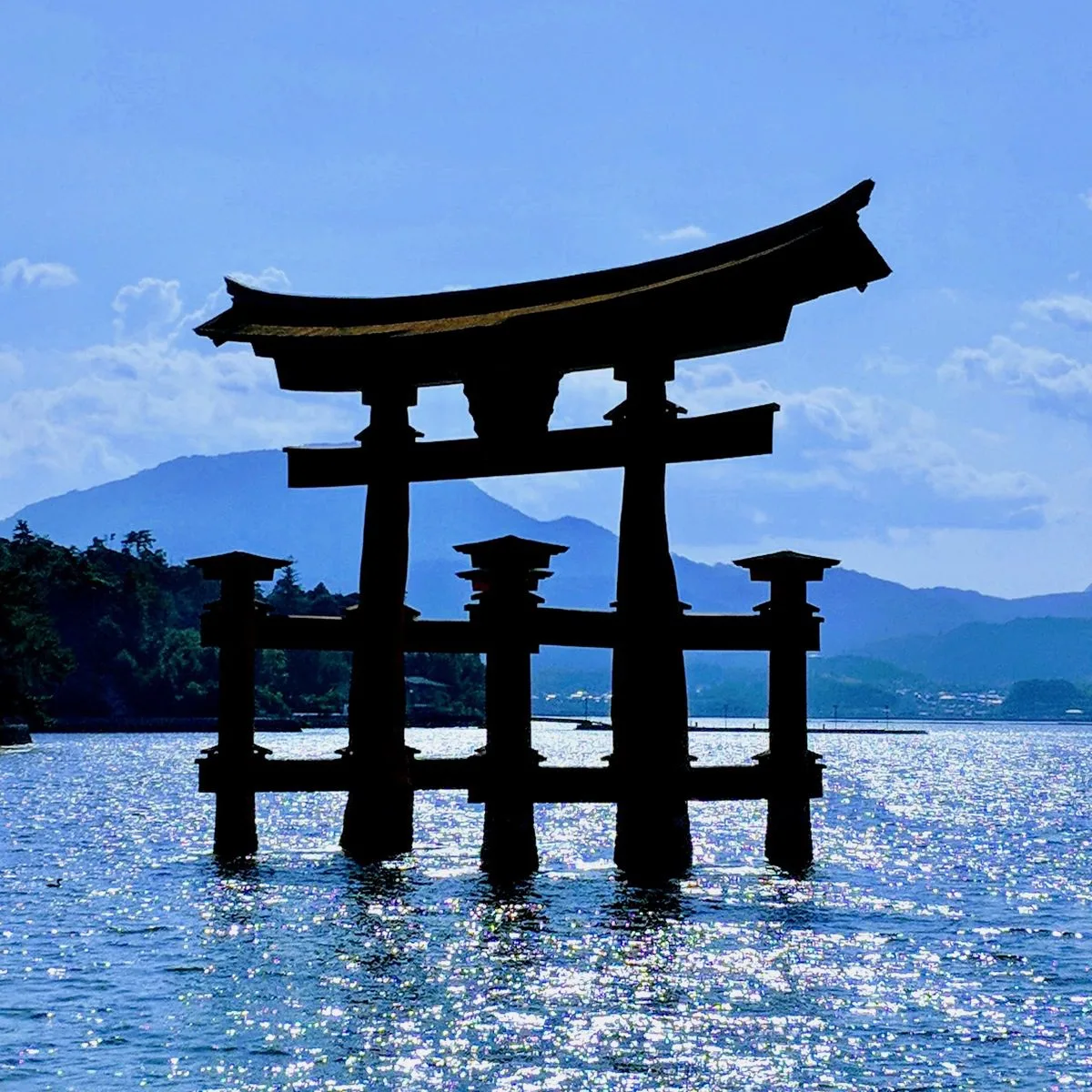
In Japan, we visited many historical sites related to the Atomic Bomb in Hiroshima. We travelled to the Peace Memorial Park, Hiroshima Peace Memorial Museum, Genbaku Dome, and the Honkawa Elementary School. We met with many community members and learned how they implement various peace initiatives.
Some of these community members were Japanese educators and students. We also met with Hibakusha (atomic bomb survivors). We listened to their testimonies and how they overcame the devastation the Atomic Bomb left behind. It was so inspirational for all of us to hear their stories of resilience.
As an American, I feared they would hate my country for what we did to them in World War II. However, I was treated with kindness. I was so inspired on how the community decided not to retaliate and seek revenge. As they stated, they forgive but they did not forget. They also stated that revenge had gotten them nowhere but continued violence.
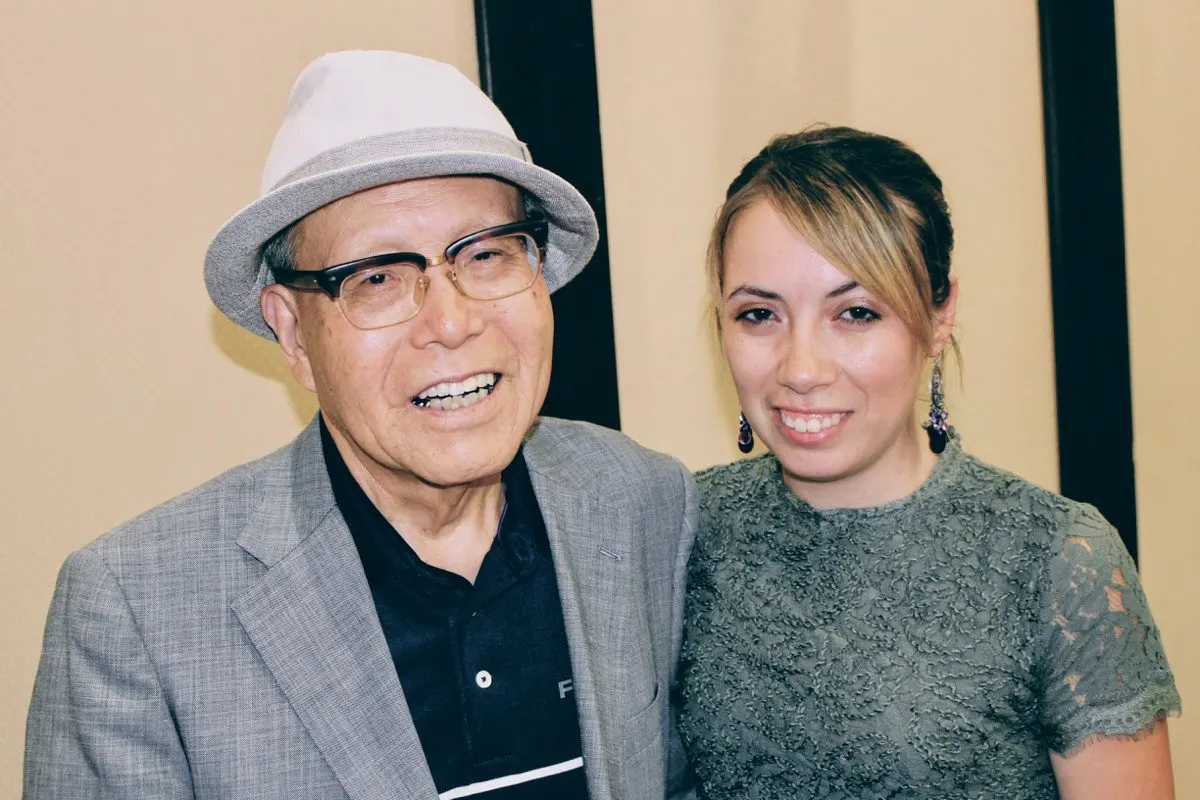
This message from the community of Hiroshima has such impact for present times in both the US and MENA regions. While in Japan, myself and the other educators, had daily reflections, discussions, and multinational collaborative lesson planning. I am so excited that through education, all of us educators in the program are now creating curriculum to spread the lessons learned from Hiroshima.
While I was in Hiroshima, I was there during the 73rd anniversary of the Atomic Bomb. All of us educators served as delegates for our countries at the World Conference Against A & H Bombs, held annually in Hiroshima.
As a delegate, I represented the United States all three days of the conference, and got to listen to various speeches and interact with key leaders from other nations. Myself and other female participants also took part in the Women’s Forum Against A & H Bombs as well.
Our entire group attended the August 6th Memorial Service and joined over 50,000 people from all over the world at the the floating lantern ceremony. We even created paper lanterns, writing messages of peace, that floated along the Motoyasu River.

TT: Did your Japan tour extend beyond Hiroshima?
M: The majority of our program was in Hiroshima. However, the first two days we spent in Tokyo. In Tokyo, we did a city tour and visited the Asakusa District. The Asakusa District contains Tokyo’s oldest Shinto and Buddhist temples, some dating back to the 600s.
These temples survived the repetitive bombings of Tokyo during WWII. They have been restored to their former grandeur as well. In Tokyo, we were also welcomed by Japanese educators at Seisen University. We learned more about Tokyo’s peace education community and their projects.
We also had another excursion outside of Hiroshima to Miyajima Island. Miyajima Island is a UNESCO World Heritage Site. It is one of the holiest places in the Shinto religion. We had a free afternoon and toured the floating temple, pagodas, shrines, shopping district, and some members of the group climbed the tallest mountain on the island.
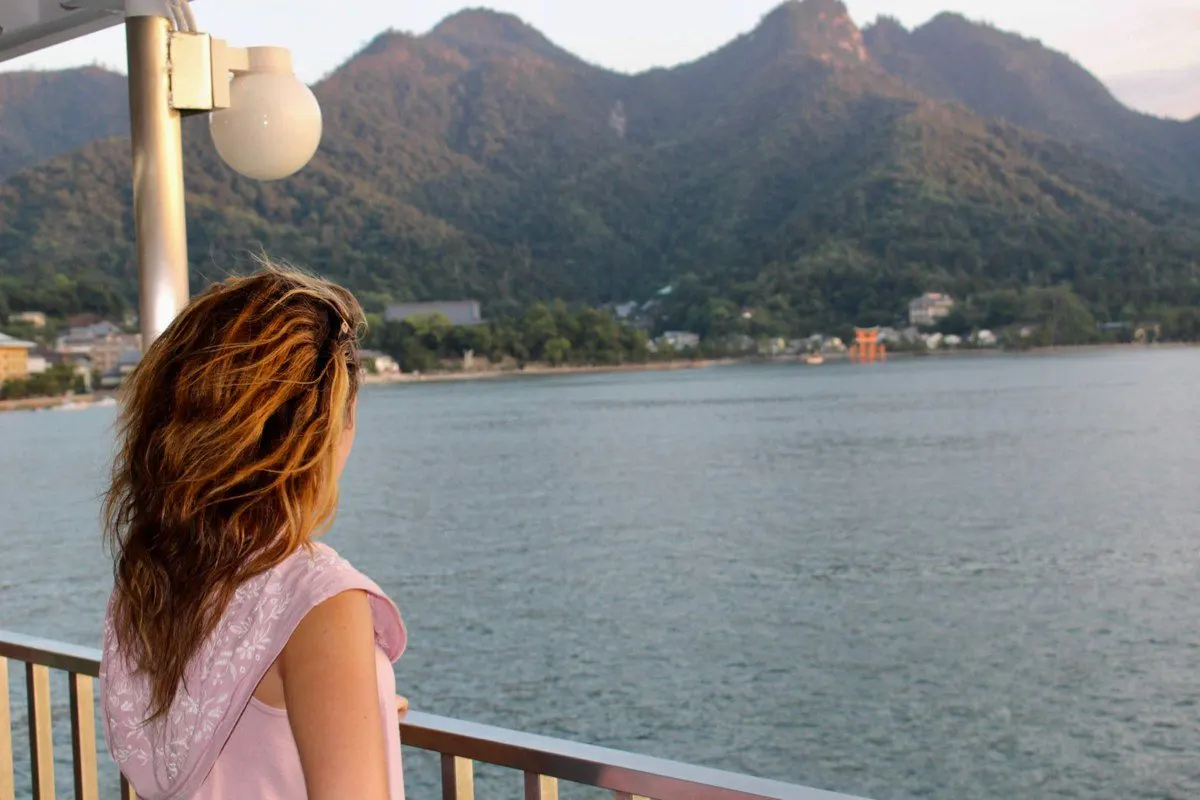
TT: So powerful. How do you find your funded summer travel opportunities?
M: Initially, the main resource I used to find these teacher travel opportunities is through a Facebook group called “Scholarships, Grants, and Summer Institutes for Teachers.” Through my acceptance into the different fellowship programs, however, I have discovered in that group, I have met and networked with other passionate educators.
These educators have shared with me the programs and experiences they have had. This has opened up a greater world of opportunity for me!
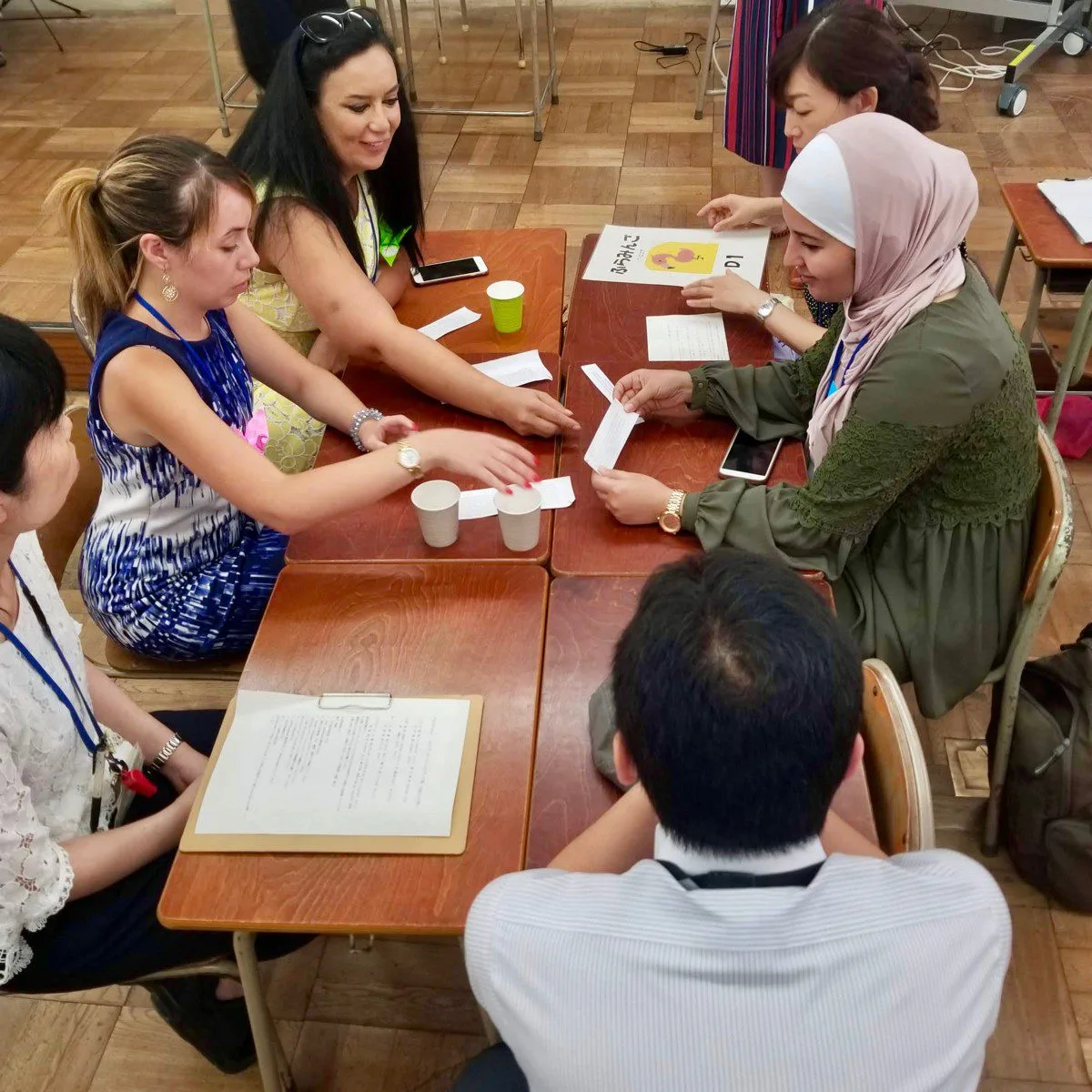
TT: So smart. How did you find the money to fund your educator tour?
M: For the Oleander Initiative, all my domestic transportation fees in Japan, lodging, tours, and meals were covered by the program. The only thing I had to pay for was my international airfare to Japan. To assist with the cost of the international airfare, I reached out to my school district’s administration.
They put me in contact with my county’s education foundation. The education foundation graciously paid for my ticket, through a local doctor’s family fund.
In return for their generosity, I am doing a presentation about my trip and how I am implementing the peace initiatives in my classroom, school, and greater community at our local Rotary club in November. I have learned that it never hurts to reach out and ask in your community.
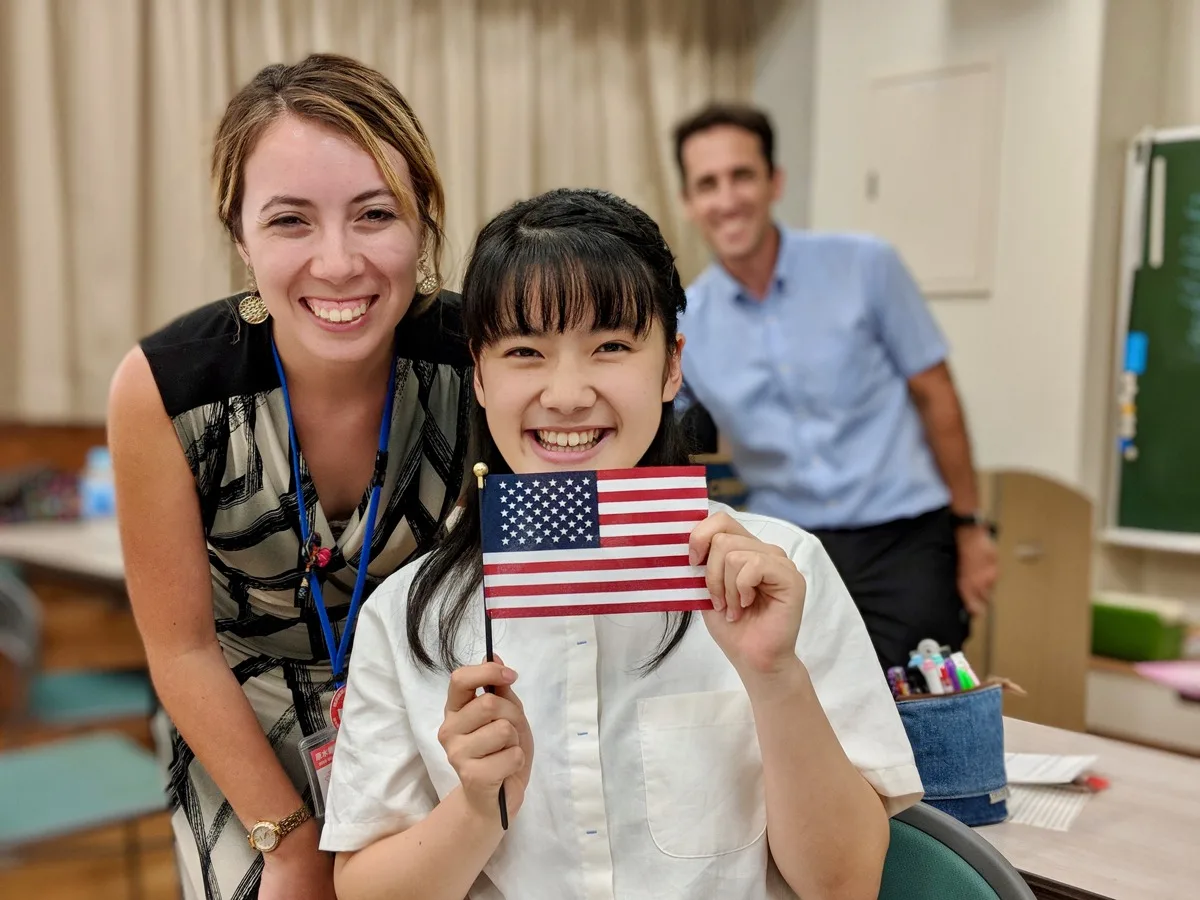
TT: Excellent tip on paying for airfare and fundraising. Now, tell us one moment from your travels that was particularly important.
M: Our group of educators was extremely diverse. The four American educators, including myself, all came from different regional and cultural backgrounds, as well as the MENA educators. Due to our unique backgrounds, it is easy to have cultural barriers and misunderstandings.
I pursued this program not only because I felt a lack of knowledge about the multiple perspectives about the use of the Atomic Bomb in Japan in WWII, but also because I personally felt I had a lack of true understanding on the diversity of the MENA region. This program was able to fill those two voids for me within my curriculum.
As I was learning multiple perspectives about Japan and the use of the Atomic Bomb, I was simultaneously learning from my international colleagues about their ways of life. The U.S. and the Middle East suffer from misunderstandings and lack of dialogue. This has led to much bloodshed in the past, no promises of peace, and possible use of nuclear weapons.
The Oleander Initiative allowed our group of global educators to learn Japan’s message of peace and resilience together. Meeting in Japan, also allowed us the opportunity to culturally immerse there together. Through the processes of cultural immersion, it broke down many of our previous cultural barriers and allowed us to see how we are similar and more alike than different.
All of us being out of our comfort zone, allowed for us to truly connect and have dialogue and discussion, even lifelong friendships too. We stayed together in a traditional Japanese house in Hiroshima. We had to adjust to Japanese cuisine together and using chopsticks. We were all out of element culturally and with language too.
It made us rely a lot on one another. We had breakfast together every morning. I’ll never forget the MENA educators, sharing their Ramadan meals with us and our Japanese hosts. It was the opportunity of a lifetime to share with them.
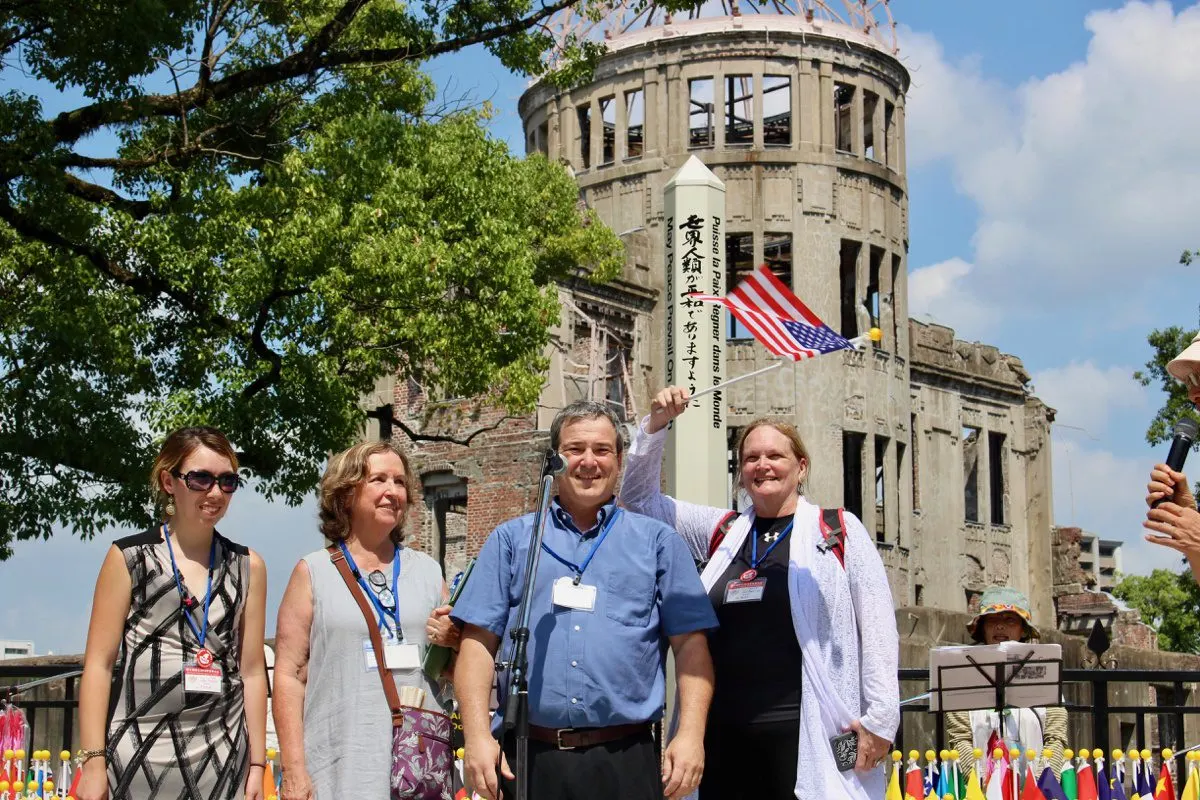
TT: Such a beautiful testament to the importance of diversity in education! So, how have your travels impacted you as a teacher, and as a person?
M: My travels have allowed for me to truly obtain historical and cultural empathy. I can fully interpret the understanding needed to comprehend the root to various multiple perspectives. I do not think in a nationalistic sense, that my country is the only one that matters. I have become a global citizen, teacher, and learner.
My classroom is centered on having students not only care about our nation, but the greater world as well. I do not teach events one sided. I am hoping through creating understanding of all sides, my students can make informed decisions and implement peace as citizens in the future.
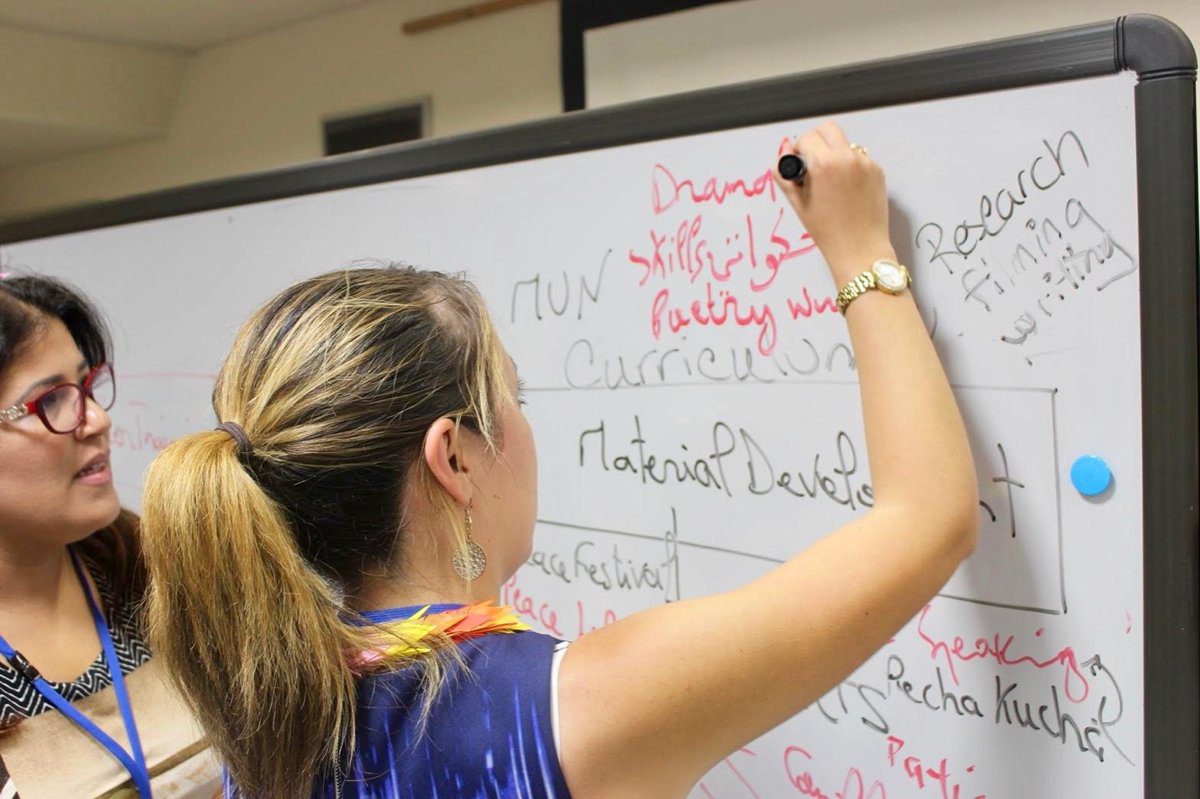
TT: Inspiring! What advice do you have for teachers who are dreaming of travel?
M: It is extremely easy to become negative in education. There are a lot of things politically that are hurting the profession. There are many times we do not feel appreciated by our community, administration, and local and state governments. However, there are still many people and organizations out there who appreciate your work and who have opportunities for you to grow and achieve.
You just have to expand your horizons and research for them. I firmly follow the phrase, “What you seek, you shall find.” As a young educator, applying myself towards these teacher fellowships has kept my passion in education alive.
I have met so many other amazing educators throughout the country and world. It reminds me why I chose to become a teacher and how important my job is towards creating a new generation of citizens that will create a better tomorrow.
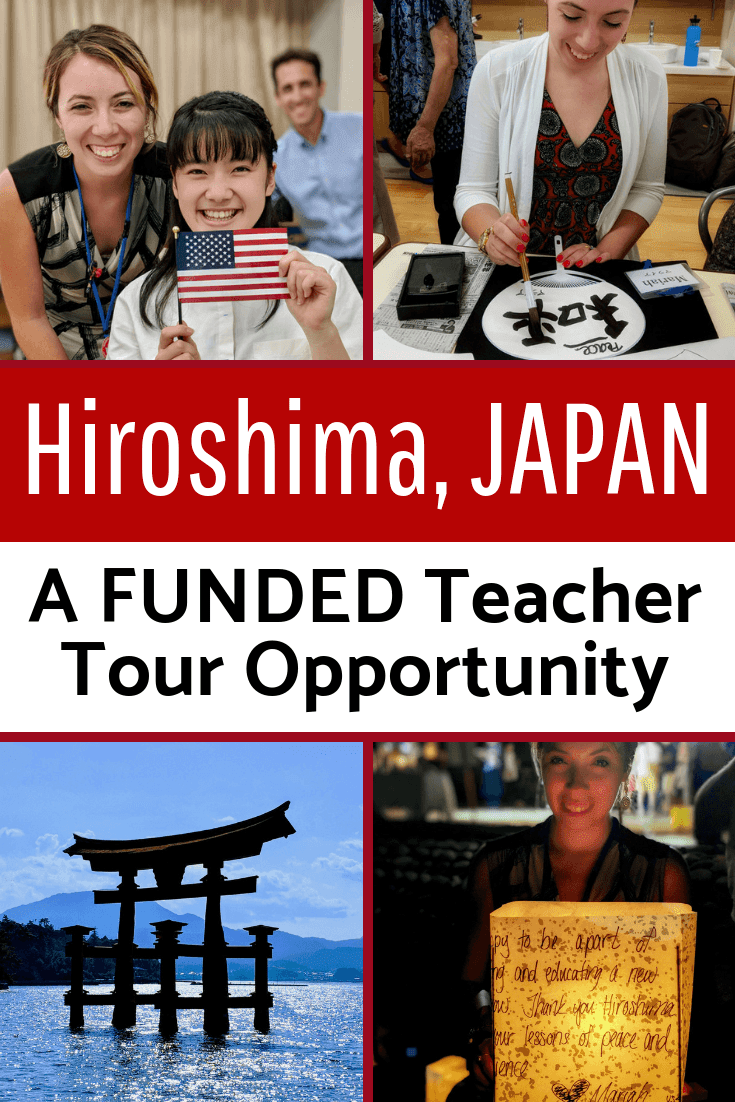
TT: Thank you, Mariah, for teaching us about this Hiroshima, Japan educator tour, and other summer opportunities!
Readers, what questions or comments do you have?
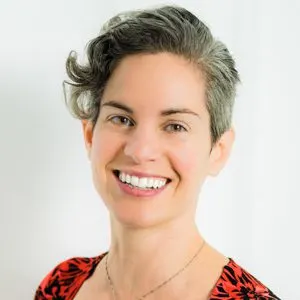
The author, Lillie Marshall, is a 6-foot-tall National Board Certified Teacher of English from Boston who has been a public school educator since 2003. She launched TeachingTraveling.com in 2010 to share expert global education resources, and over 1.6 million readers have visited over the past decade. Lillie also runs AroundTheWorld L.com Travel and Life Blog, and DrawingsOf.com for educational art. Do stay in touch via subscribing to her monthly newsletter, and following @WorldLillie on social media!
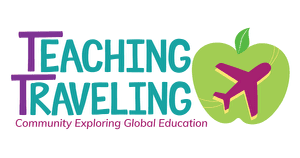
Hovenyan Yan
Saturday 8th of June 2019
I am too old to have any of this opportuties. But I like all of your photos and your articles.Thank you very much.
Lillie Marshall
Thursday 20th of June 2019
There are opportunities for all ages! Take heart!
Mariah Pol
Friday 17th of May 2019
Please let me know if you have any questions about these opportunities! I'd love to share more!